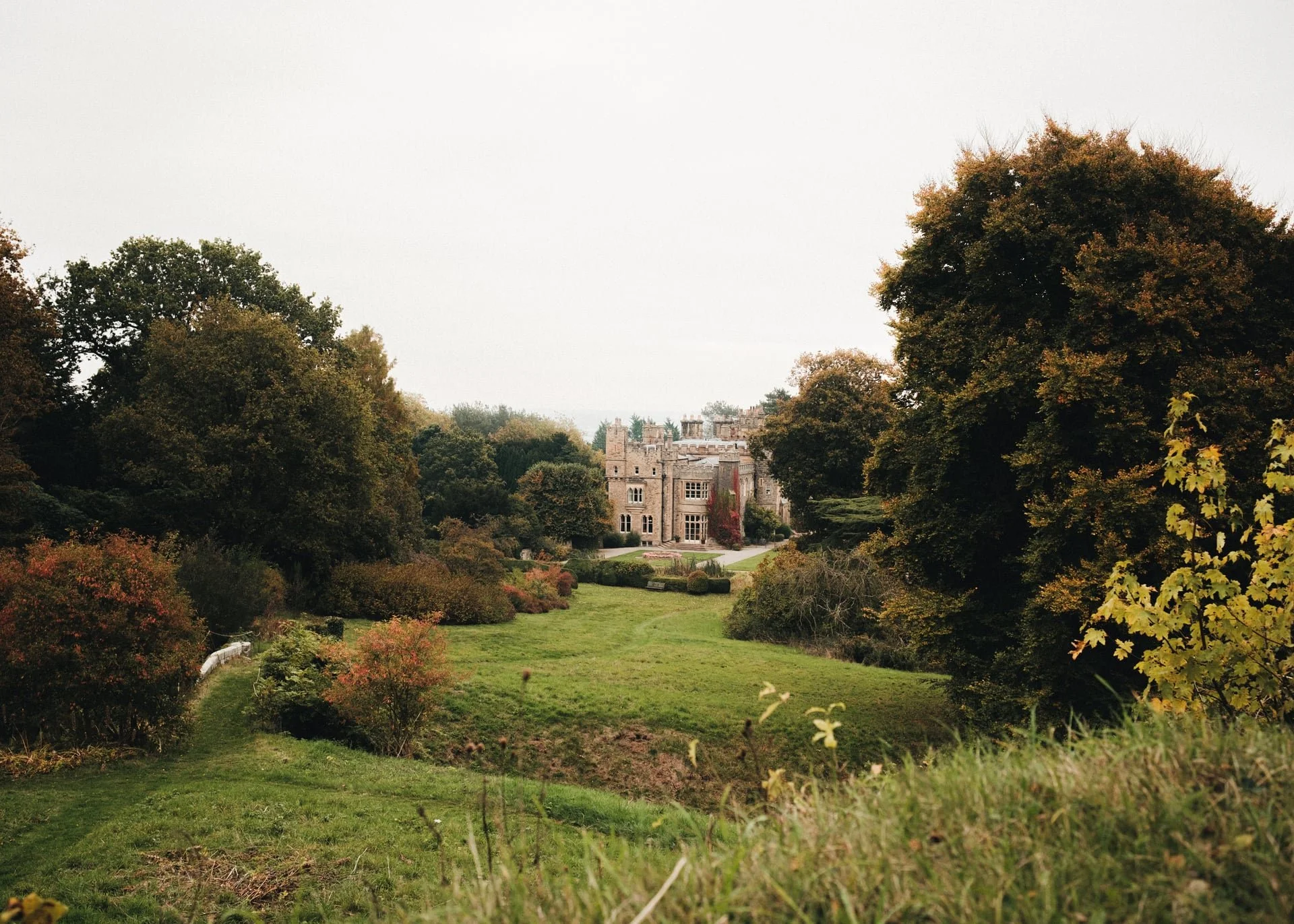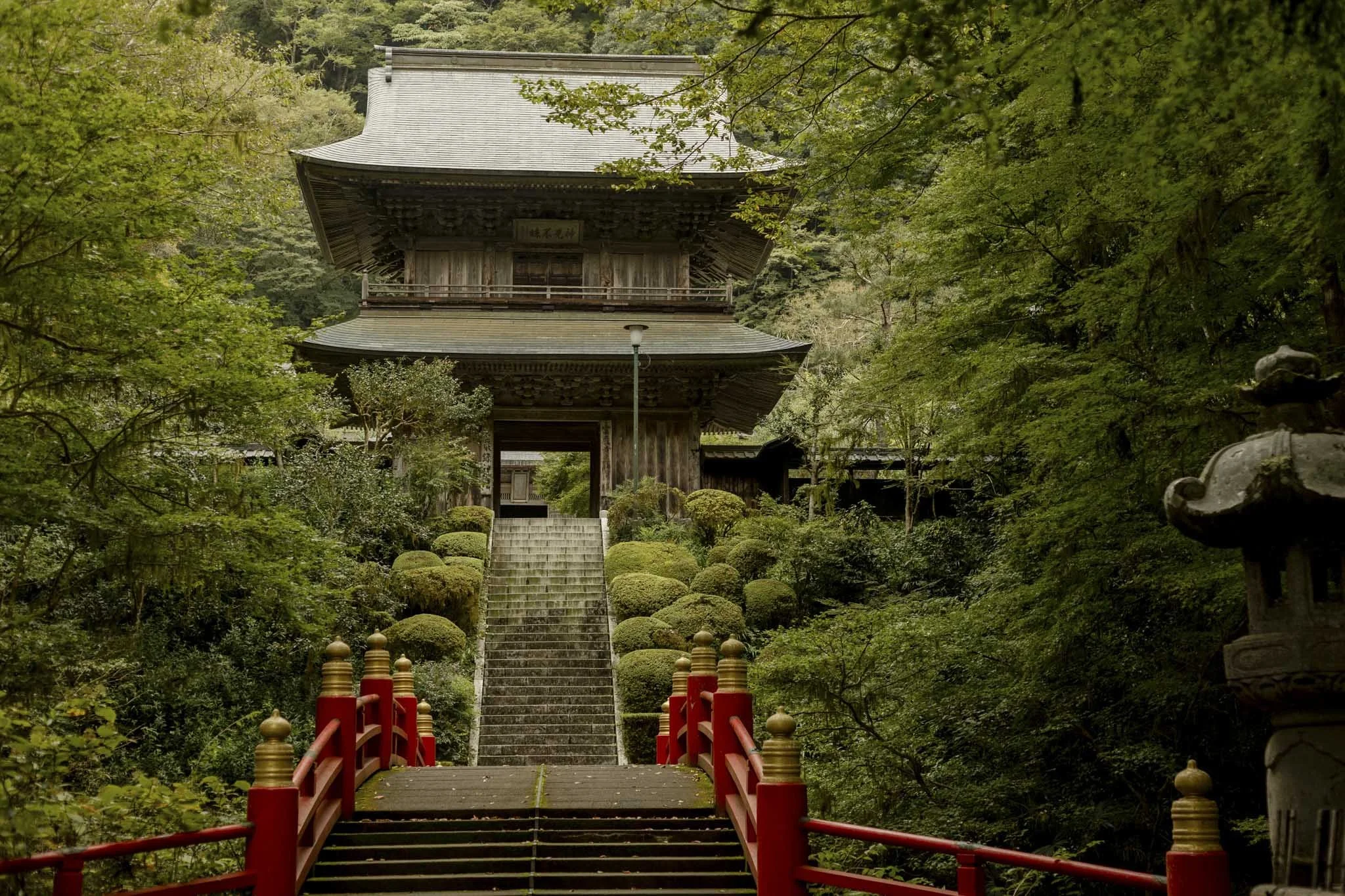Featured
Celebrating Cecil Beaton
A new exhibition at Hawarden Estate
Journal
The Lodestars Anthology Journal is a space for us to share featured articles from the magazines, additional content that we couldn’t squeeze into the printed issues, and some specially commissioned online articles too.































A walking holiday along the Catalan Coast.